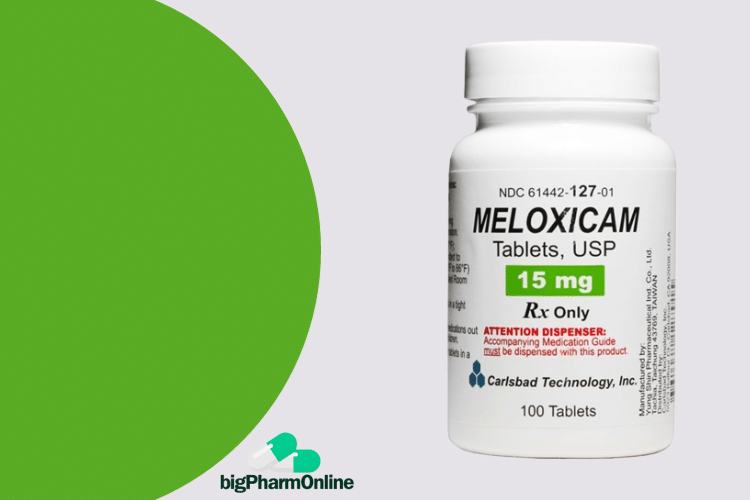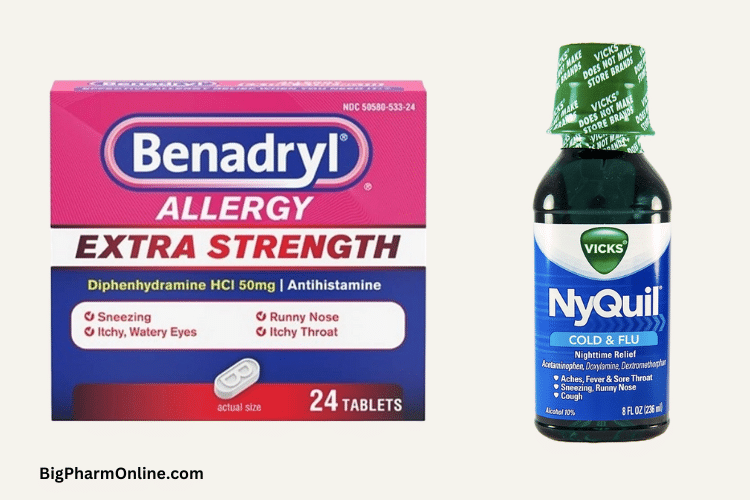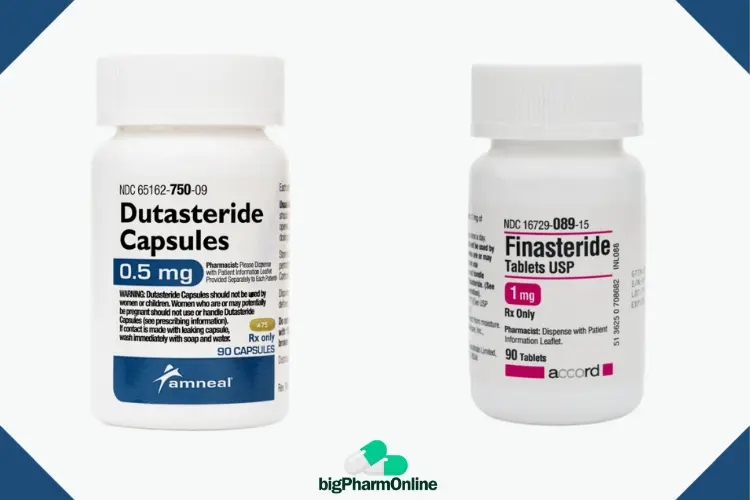15 Mg Meloxicam Equals How Much Ibuprofen? (+8 Safety Tips)

Meloxicam and Ibuprofen belong to the same drug class called Nonsteroidal anti-inflammatory drugs (NSAIDs). They work similarly to relieve pain and inflammation. While Ibuprofen can be used solely for pain and fever relief, Meloxicam is not approved for use primarily as a pain or fever reducer.
Rather, it is recommended to be used in managing the symptoms of osteoarthritis, rheumatoid arthritis, and juvenile Idiopathic Arthritis. Ibuprofen can also be used for these purposes and this article will answer the question “15 mg Meloxicam equals how much Ibuprofen?”.
Key points
- 15mg of meloxicam taken daily has comparable anti-inflammatory and pain relief effects to 800mg of ibuprofen taken 4 times per day.
- These are the maximum approved daily doses – do not exceed 15 mg meloxicam or 3200 mg ibuprofen without medical supervision.
- Taking high NSAID doses long-term increases gastrointestinal side effect risks like gastrointestinal ulcers, perforations, and bleeding.
15 Mg Meloxicam Equals How Much Ibuprofen?

When it comes to the management of osteoarthritis and rheumatoid arthritis in adults, 15 mg of Meloxicam taken once daily is comparable to 800 mg of Ibuprofen taken 4 times a day or every 6 – 8 hours.
These doses are the highest allowable doses of the two drugs. The maximum daily dose of meloxicam is 15 mg, while that of Ibuprofen is 3200 mg.
15 mg of Meloxicam is always taken once a day while the 3200 mg of Ibuprofen is split into four doses (800 mg 4 times a day). High doses of NSAIDs are not to be taken for a long period due to the increased risk of side effects.
It is crucial that you do not switch from 15 mg Meloxicam to 800 mg Ibuprofen without consulting your doctor. Adhere strictly to the instructions given by your healthcare provider.
If you are experiencing side effects and you wish to switch, talk to your doctor or pharmacist about it for proper guidance. Do not take meloxicam longer than you should because it will increase your chances of experiencing side effects.
Risk Associated with Taking High Doses of Meloxicam and Ibuprofen for Long

For safety reasons, the duration of use of high doses of NSAIDs like Meloxicam and Ibuprofen is often shortened. This is usually done to prevent the side effects it has on the body.
Taking high doses of these drugs for an extended period can lead to the development of stomach and intestinal ulcers, perforations, and bleeding.
These often manifest as symptoms such as:
- Stomach/abdominal pain
- Bloody or black/tarry stools
- Weakness on one side of the body
- Chest/jaw/left arm pain
- Shortness of breath
- Vomit that looks like coffee grounds
- Unusual sweating
- Sudden vision changes
- Trouble speaking
These symptoms can occur at any time and without warning during treatment. The severity of these symptoms also varies but is rarely fatal.
If you happen to experience any of the mentioned symptoms, ensure that you contact your healthcare provider immediately for prompt medical intervention.
Safety Tips While Using Meloxicam or Ibuprofen
Whether taking a low dose or high dose, there is always a risk associated with the use of NSAIDs like Meloxicam and Ibuprofen. The risk is only higher when the dose is high and also used for a prolonged period.
To use the medication safely and cut down the risk of side effects to the barest minimum. It is important that you adhere to the following safety tips.
- Do not exceed the recommended maximum daily dose of these drugs.
- Taking NSAIDs with food helps to reduce gastrointestinal irritation.
- Do not lie down for at least 10 minutes after taking Meloxicam or any other NSAIDs.
- Drink water and fluids to remain properly hydrated while on any of these medications.
- Do not double doses or take more than directed.
- Do not drink alcohol while on any NSAIDs as it will increase your risk of GI bleeding.
- Do not take Meloxicam and Naproxen at the same time, nor either of the two with any other NSAIDs. Doing so will increase your risk of stomach ulcers and bleeding.
- NSAIDs interact with blood thinners like aspirin, warfarin, Heparin, etc. If taken together, it can cause excessive bleeding.
NSAIDs can interact with certain antihypertensive medications like ACE inhibitors (e.g. lisinopril), be sure to not take them together.
Inform your doctor about all the current medications and supplements you are currently taking to prevent any dangerous interactions with them.
Final thoughts
15 mg of Meloxicam is comparable to 800 mg of Ibuprofen taken four times a day. These doses are the highest doses of both medications and should not be taken for long without your doctor’s recommendation. Long-term use of high doses of NSAIDs can put you at risk of side effects.
References
- Saad J, Mathew D. Nonsteroidal Anti-Inflammatory Drugs Toxicity. [Updated 2023 Jul 17]. In: StatPearls [Internet]. Treasure Island (FL): StatPearls Publishing; 2023 Jan-.
- Chou R, McDonagh MS, Nakamoto E, et al. Analgesics for Osteoarthritis: An Update of the 2006 Comparative Effectiveness Review [Internet]. Rockville (MD): Agency for Healthcare Research and Quality (US); 2011 Oct. (Comparative Effectiveness Reviews, No. 38.) Appendix A, Comparable NSAID Dose Levels.
- Smolinske SC, Hall AH, Vandenberg SA, Spoerke DG, McBride PV. Toxic effects of nonsteroidal anti-inflammatory drugs in overdose. An overview of recent evidence on clinical effects and dose-response relationships. Drug Saf. 1990 Jul-Aug;5(4):252-74. doi: 10.2165/00002018-199005040-00003. PMID: 2198051.
Was this helpful?
About the Pharmacist
Pharm. John Mark (BPharm) is a licensed pharmacist with over 6 years of experience spanning clinical, community, and hospital pharmacy settings.
His wealth of experience and expertise makes him your knowledgeable and go-to source for all pharmacy and medication-related questions.











